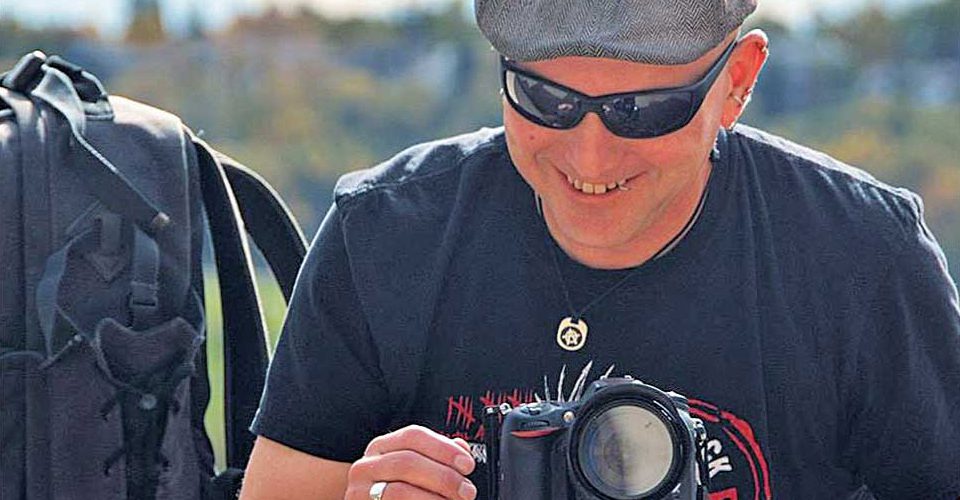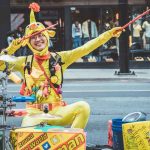“Snap, decorate, record, give”: How to enjoy photography
Photographer John Weed is a big fan of instant cameras. Ever since he was young, he has been using film cameras, and although he switched over once to a digital camera, he couldn’t let go of the beauty of film photography that had initially attracted him. It was 2010 when he bought his first Instax. Ever since, he has been enchanted by it. In this interview, we ask John about his first encounter with Instax, how he alternates between film and digital photography, and even some tips on how to take the best photos.
How did you first find about Instax, and what was it about Instax that drew you to it?
The first time I found out about Instax was 2010. As an instant camera fanatic, I had to buy it right away, and I was completely under its spell by the time I finished my first box of film.
How long have you been using Instax? If you have any favourites among the Instax cameras you have used so far, could you tell us which one and why?
As I mentioned before, I’ve owned few different types of cameras ever since I started using Instax in 2010. My first Instax cameras were Instax Mini 7 and Instax Wide 210. After that, I’ve used the 50S and now I take photos with the Neo Classic 90. The Neo Classic 90 is one of my favourites because, out of all Instax cameras I’ve used, it’s the most capable in responding to my demands of creativity. The best parts about instant cameras are the bulb mode, with which you are able to take photos at night or paths of light, and the double exposure mode, where you can artistically overlap two photos in one film. I also enjoy taking photos with Lomo LC-A Instant Back, and I’ve also been part of creating a collapsible camera, one which was made using recycled cardboard, so I’m excited to receive and see that for myself.
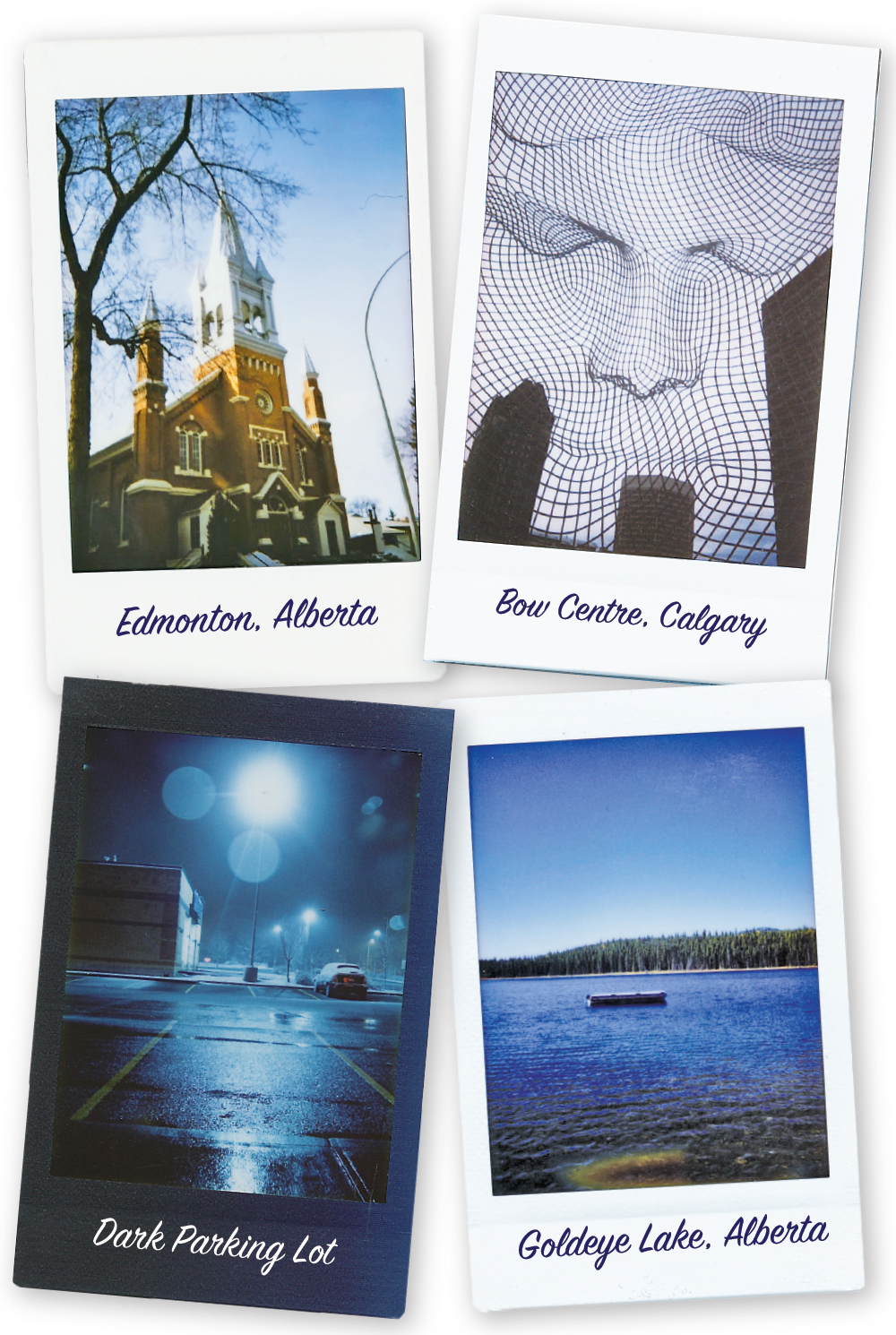
I believe Instax cameras are different from other digital cameras, but what was your initial impression of using Instax?
The very first model of Instax flashed and focused both automatically, so it was simple to use, and yet I was able to print the photos right there on the spot, which was really quite impressive. I thought this was the kind of convenience you didn’t really see anywhere else.
When, and in what situations, do you opt to use Instax instead of your other professional cameras?
Honestly, there isn’t one factor that determines which camera I use on a particular occasion. I always have three or four cameras handy, but I decide which one to use depending on my mood or the atmosphere of the place. Then again, there are also days when I simply want to take photos using Instax and nothing else.
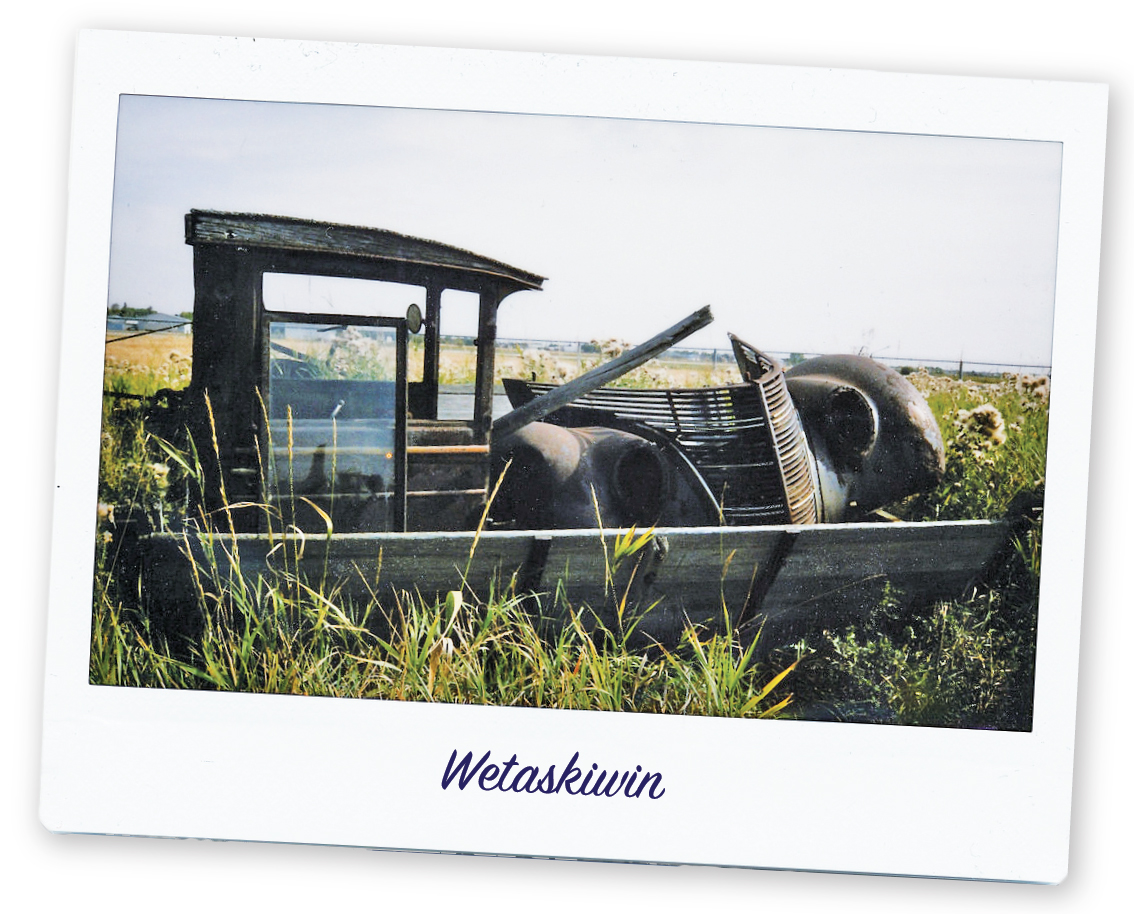
Compared to other high-spec digital cameras, what do you think are the strengths of Instax?
While the New Classic 90 is very small, light, and easy to carry, its battery lasts longer compared to other digital cameras. Personally, the number one strength of this camera is the fact that it’s able to produce such high-quality photos despite its compact size.
What are some of your tips when taking a photo with Instax?
The most important thing is to “enjoy”. Though, truth be told, I’ve learned quite a few things along the way, through trial and error. What I’ve learned is to keep the exposure level low when taking photos on a sunny day, to prevent the photo from becoming flushed. I also use as little flash as possible, to maintain the natural texture and colours of the object. When taking photos of night skies or long exposure shots, tripods are a must.

What were some of the reasons why you became interested in photography, and why you chose to become a photographer?
I was interested in photography ever since I was young. The thought of being able to take snippets of moments in everyday life and being able to disseminate that moment to the rest of the world really drew me to it. The first camera that I owned was a 110-film camera, and I used it for quite a while. After that, I switched over to a 35mm film camera and the polaroid. I switched over once again to a digital camera as soon as they came out in the market, but I couldn’t let go of the magic of the film camera, so I ended up using instant cameras as well. For me, they are an essential part of my life.
I believe you have many opportunities to take photos outside of your work. How do you make that switch between on and off of work?
Photography is already integrated into my life, so I don’t consciously switch in and out of work. Even when I take photos in different circumstances, I don’t make that switch—the only thing I try to do is to stay true to myself and to my perspectives.
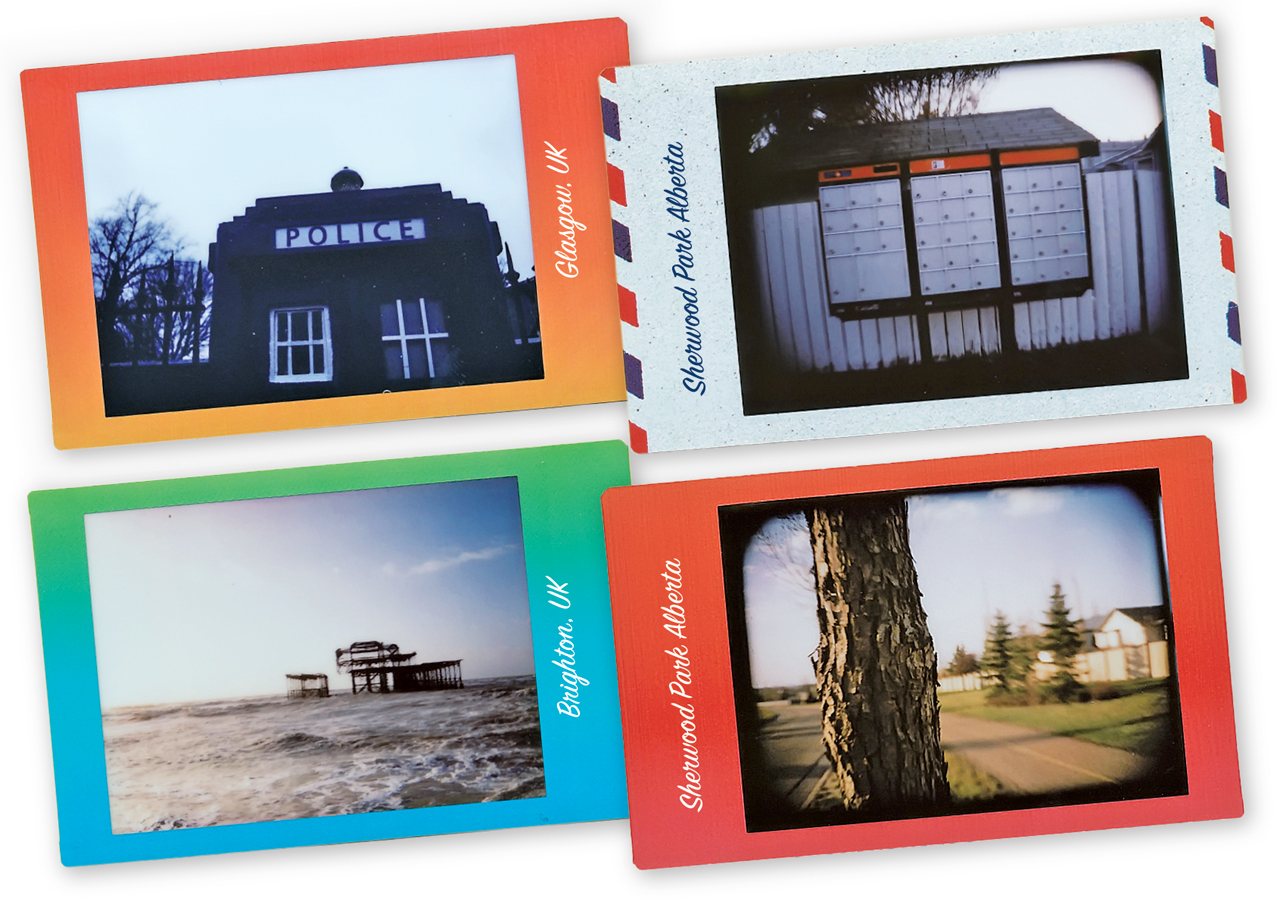
If you hadn’t encountered Instax or any of the cameras you currently use, what do you think you would be doing instead?
I can’t imagine a life without cameras. Before I knew it, cameras and photography were so close to me, so I think I was destined to be with them at one point or another. Trends come and go, but I believe the quest for beauty, whether it be in art or everyday life, has always been there, and will always be there. And I think I would be doing exactly what I am doing now, regardless of when I encounter the camera.
If you could travel to anywhere in the world, where would it be and why?
I don’t have one specific place that I want to go—anywhere would be fine, really. The world can seem like a scary place at times, with so many places that are unsafe or unstable, due to political and social situations. Of course, there are many people who live in fear or in anger, but even so, I believe the world is a beautiful place full of happiness and hope. This is why wherever I end up going, I will search for these, and record that through my photography. If I were to be very honest, though, winters here in Edmonton are quite a challenge to endure so those are times when I just want to fly to an island down south.
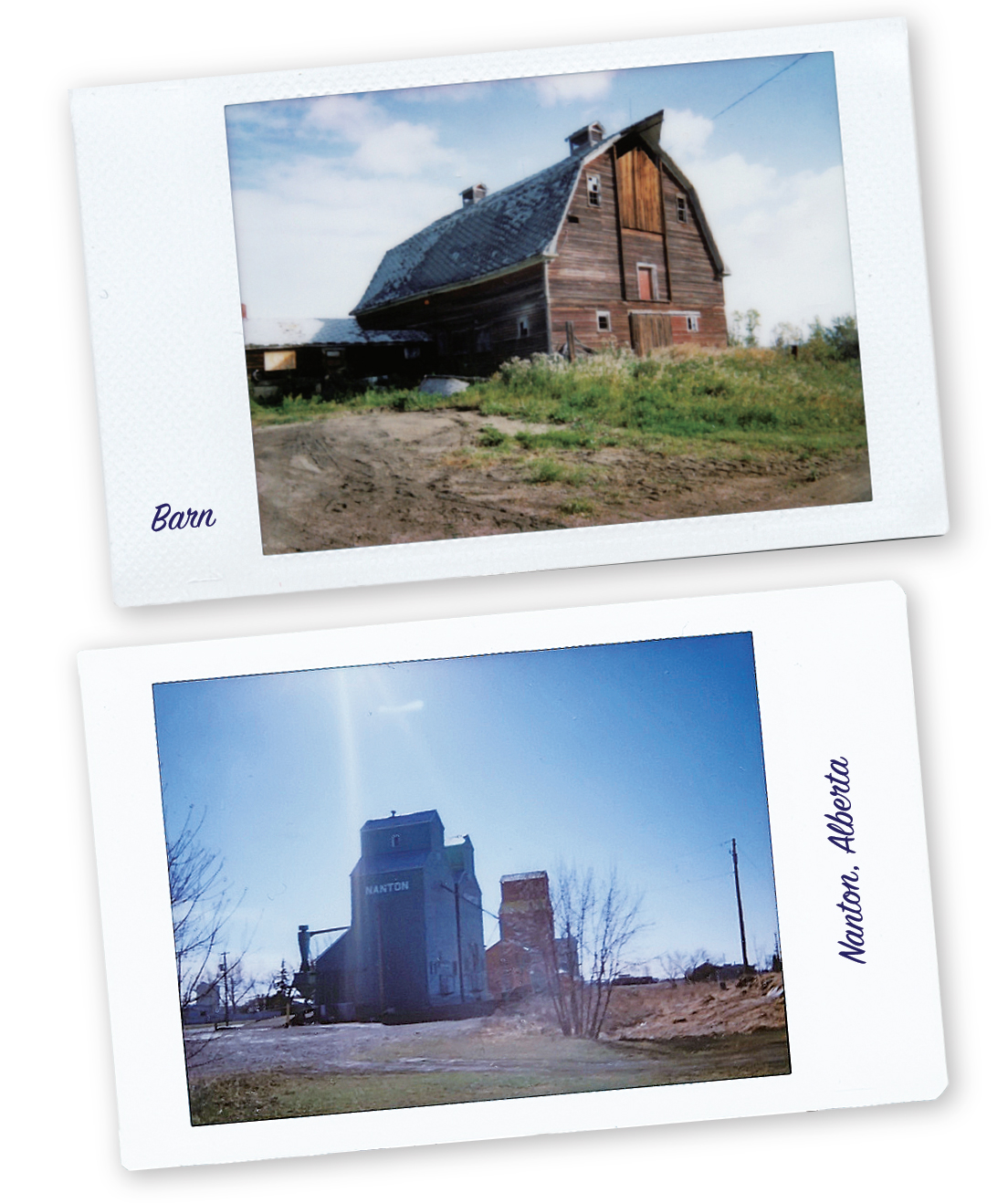
What are some of your future prospects and goals?
I really want to try using the new Instax SQUARE SQ 10, which uses the square format. I can’t wait until I have it in my hands and get to try taking photos with it. I also study new photography methods and trends regularly, and recently I’ve been into web animation. I would love to try adding movements or music to my photos and make motion graphics out of it. On that note, I want to tell everyone to never stop learning. It’s never too late to start learning something new.
Finally, do you have your favourite photo spot and perhaps some tips on how to get the best photo?
Canada is a big country so the list is quite long, but I would have to say Niagara Falls is one of those views that can really take your breath away. It’s rather challenging to take a mediocre photo with a waterfall so powerful and monstrous. Apart from that, I recommend Signal Hills in Saint Johns, Newfoundland. The place offers a great landscape, and you can enjoy hiking there too, even though it can be quite hilly. If it’s somewhere closer to where I live, Badlands in Alberta is one of my favourites. And of course, the Rocky Mountains. Unfortunately, I haven’t had the chance to go home these past few years, so I have yet to take photos of the Rocky Mountains with my New Classic 90. I hope I can make some time for it very soon to pay a visit there.
As for tips on how to take a good photo, I recommend moving closer to the object. You don’t have to be super close, but make sure you do some research about your object and where it is, so that you have a clear idea of what you’re going to take, and where you would position yourself in order to get the best shot. If you can add a bit of your own taste to that, you’re all set.
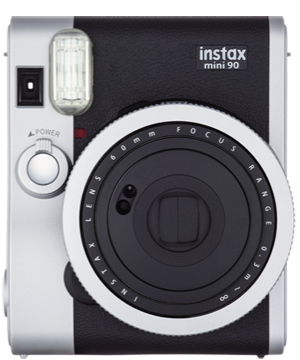
Instax mini 90
With its new functional flash and a range of modes, Instax mini 90 now offers a wider range of possibilities for all photographers, along with an enhanced image quality. While retaining its classic functions that “play with light” (e.g. bulb photography, double exposure), it has some of the newest functions, including the integrated macro lens.
Check out the website for more info: instax.jp/mini90/
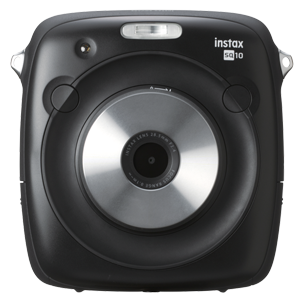
Instax SQUARE SQ10
With the long-awaited square format, the beloved SQ10 now comes with a range of editing functions.
Check out the page for more info on the “hybrid instant camera” SQ10: instax.jp/square

John Weed
Born in UK, John currently lives in Alberta, Canada. While his main focus is on landscapes and architecture, he is also known for his unique portraits and band photos. Apart from being a photographer, John is also a web designer / developer. He is also part of a number of volunteer organizations, with which he travels around the world, taking photos along the way.
Website: weedosj.wordpress.com
(Japanese Article: 「デジタルが当たり前の今だからこそ、フィルムカメラ“チェキ”が持つ魅力を伝えたい」写真家 ジョン・ウィードさん インタビュー [FUJIFILM×TORJA] Vol.2)


